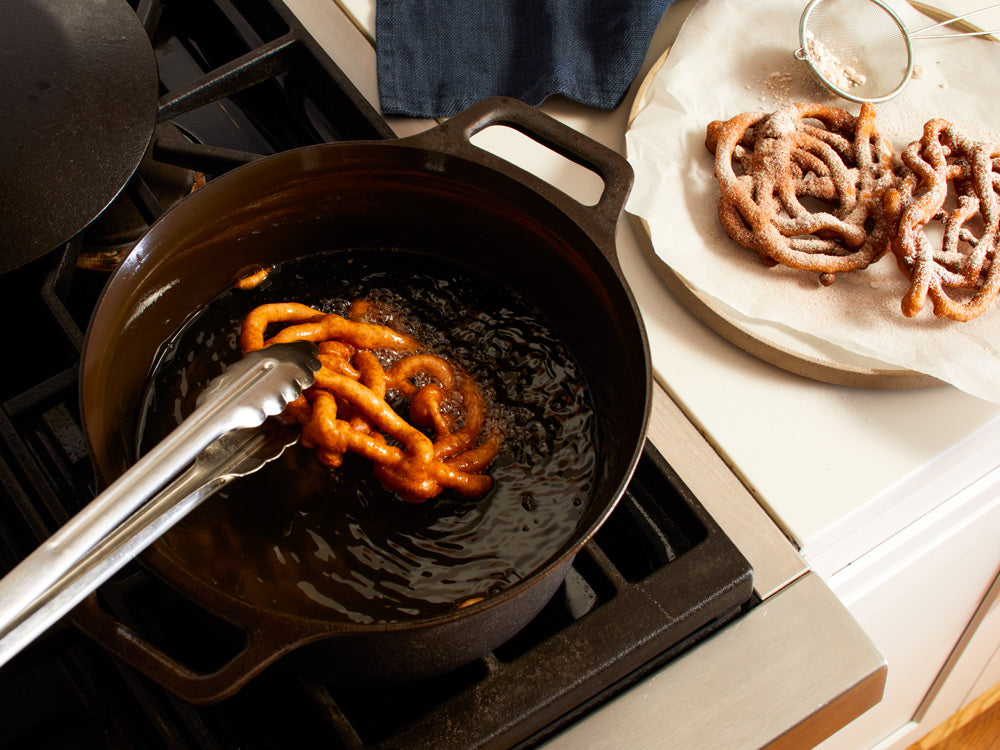Even if you’ve mastered your cast iron iron skillet cleaning routine, caring for a larger cast iron cooking tool like a Dutch oven can often seem a little intimidating. Should you clean it the same way? How do you make sure it’s completely dry? And does it need to be seasoned in the same way as a skillet? Luckily, caring for a cast iron Dutch oven is actually super simple, and relies on time and use more than anything else—just like our skillets.
How to clean a cast iron Dutch oven
To start, you’ll need the right set of tools. From there, we recommend following The Field Method, our foolproof steps for cast iron care:








